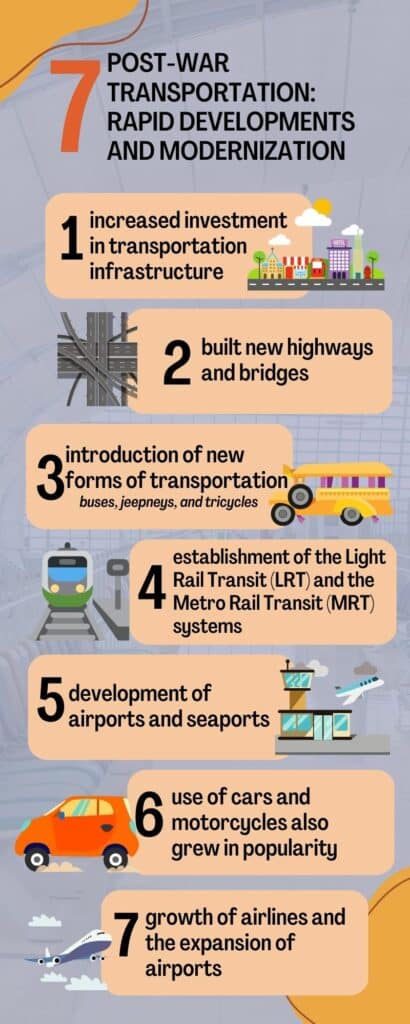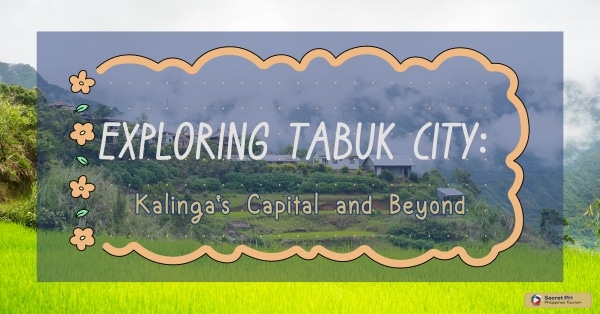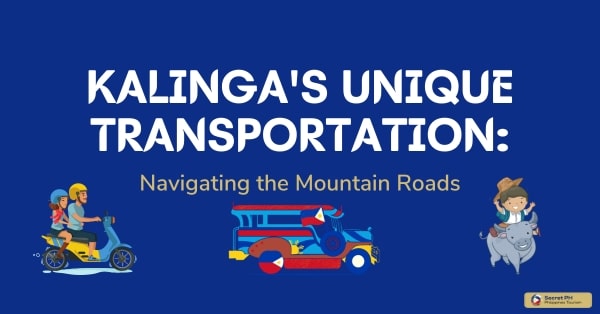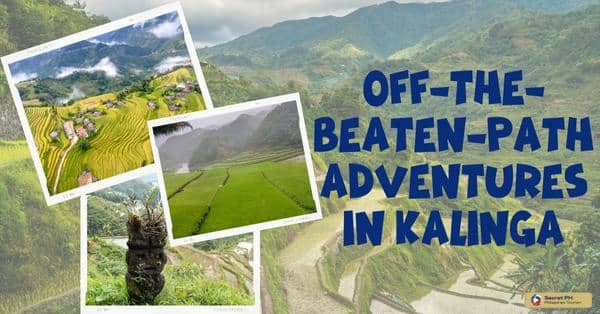The Philippines has seen tremendous changes in transportation over the centuries. From bicycles and carriages to jeepneys, buses, and trains, the ways Filipinos move from place to place have evolved significantly throughout history.
In this blog post, we’ll explore the rich history of transportation in the Philippines, covering everything from ancient modes of transport to modern-day innovations. From the introduction of the jeepney to the development of the Philippines’ first train system, here’s a look at how transportation has evolved in the country over time.

Pre-colonial Transportation: Native Modes of Travel
Before the arrival of foreign colonizers, the Philippines had a well-developed transportation system that was primarily based on the use of water and land.

The most commonly used mode of transportation for the indigenous population was the “banwa,” a small boat used for fishing and traveling between islands. The “paraw” was another common boat used for transportation, particularly for trade and commerce.
On land, the ancient Filipinos used the “karit” (a horse-drawn cart) and the “sakayan” (a horse-drawn carriage) for transportation. They also used the “kalanduyan,” a type of long-distance foot travel, to travel between villages and towns.
The indigenous population also used the “taklong,” a type of raft made of bamboo, to transport goods such as rice and other crops across rivers and other bodies of water.
Overall, pre-colonial transportation in the Philippines was primarily based on the use of water and land, with a reliance on human and animal power. These modes of transportation were essential to the daily lives of the indigenous population, allowing them to travel for trade, commerce, and other activities.
Colonial Era Transportation: The Introduction of Modern Methods
With the arrival of the Spanish colonizers in the Philippines in the 16th century, the transportation system in the archipelago underwent significant changes. The Spanish introduced new modes of transportation, such as the galleon ships, which were used for trade and commerce between the Philippines and other Spanish colonies.
They also built roads and bridges to connect the different regions of the Philippines, making it easier for them to travel and transport goods.
During the American colonial period, the transportation infrastructure in the Philippines was further developed. The Americans introduced new forms of transportation, such as trains and automobiles, which greatly improved travel and commerce. They also built airports and ports, which allowed for more efficient transportation of goods and people.
The introduction of modern methods of transportation during the colonial era greatly improved the transportation system in the Philippines, making it easier for people to travel and transport goods. It also played a key role in the development of trade and commerce in the archipelago.
However, it also had a negative impact on the indigenous population, who were forced to adapt to the new forms of transportation imposed by the colonizers.

Transportation in the Philippines during World War II
The transportation infrastructure of the Philippines during World War II was severely damaged due to the Japanese bombing. The majority of roads and bridges were destroyed, making it difficult for the Philippine people to travel between cities.
| Before the War | During the War | After the War |
| Well-developed transportation infrastructure (roads, bridges, airports, ports) | Infrastructure was heavily damaged by bombing and fighting; transportation was severely limited |
Rebuilding and reconstruction of transportation infrastructure; introduction of new forms of transportation
(e.g. buses, jeepneys)
|
| Reliance on trains, automobiles, and ships for transportation | Limited use of trains and automobiles due to destruction; increased use of bicycles and walking for transportation |
Gradual restoration of train and automobile transportation; continued use of bicycles and jeepneys as popular means of transportation
|
| Transportation primarily for trade, commerce, and travel | Transportation primarily for evacuation and military purposes |
Transportation primarily for rebuilding and economic recovery
|
During World War II, the transportation system in the Philippines was greatly affected by the war. The bombing and fighting resulted in severe damage to the infrastructure and limited the use of trains, automobiles, and ships. The reliance on these forms of transportation decreased and people were forced to use bicycles and walking as their primary means of transportation.
After the war, the transportation infrastructure was rebuilt and reconstructed, new forms of transportation were introduced such as buses and jeepneys, and the transportation system slowly returned to its pre-war state. However, jeepneys and the use of bicycles remained popular means of transportation.
Post-war Transportation: Rapid Developments and Modernization

The aftermath of World War II had a major impact on transportation around the world. With the help of technological and engineering advancements, transport systems were modernized, allowing for faster and more efficient methods of travel. Post-war transportation experienced rapid developments and saw the introduction of new technologies that revolutionized global transportation networks.
These developments made it possible to transport goods, services, and people faster than ever before. Below is the lists of the development in the Philippines transport:
- The Philippines experienced rapid economic growth following World War II, which led to increased investment in transportation infrastructure.
- The government built new highways and bridges, which greatly improved the country’s road network.
- The introduction of new forms of transportation such as buses, jeepneys, and tricycles, which are widely used for public transportation in urban areas.
- The establishment of the Light Rail Transit (LRT) and the Metro Rail Transit (MRT) systems in Metro Manila, improved transportation in the capital region.
- The development of airports and seaports greatly improved the transportation of goods and people.
- The use of cars and motorcycles also grew in popularity, leading to an increase in the number of vehicles on the road and the need for improved traffic management.
- The Philippines also experienced a significant increase in air travel, with the growth of airlines and the expansion of airports.
Overall, the post-war period in the Philippines saw rapid developments and modernization in transportation. The country’s transportation infrastructure was greatly improved, and new forms of transportation were introduced to meet the needs of a growing population.
his led to increased mobility and improved connectivity, which played a key role in the country’s economic growth. However, with the growth in the number of vehicles on the road, traffic congestion has become an increasingly significant issue in urban areas.
Contemporary Transportation: Current Challenges and Future Developments
The evolution of transportation in the Philippines is an ongoing cycle of changes that have kept up with the times. As the nation moves forward and its population grows, it has become increasingly necessary to develop solutions or modify existing solutions to address current challenges. The public transportation system is currently trying to keep up with:
| Current Challenges | Future Developments |
| Traffic congestion in urban areas, particularly in Metro Manila |
Building new infrastructure such as highways, bridges, and mass transit systems
|
| Air pollution caused by vehicles and poor urban planning |
Promoting the use of public transportation and non-motorized transport
|
| Growing demand for transportation |
Exploring alternative fuel vehicles (electric and hybrid) and water transportation
|
| Insufficient transportation infrastructure in rural areas |
Development of smart cities with integrated transportation management technology
|
| Traffic congestion |
Development of new infrastructure such as the Mega Manila subway and Pasig River ferry service
|
The table illustrates the current challenges and future developments in transportation in the Philippines. The country is currently facing a number of challenges in transportation, including traffic congestion, air pollution, and the need to meet the growing demand for transportation.
The government is working on various initiatives to address these challenges and improve the transportation system in the country. These include building new infrastructure such as highways, bridges, and mass transit systems, promoting the use of public transportation and non-motorized transport, and exploring alternative fuel vehicles (electric and hybrid) and water transportation.
The development of smart cities with integrated transportation management technology is also being considered as a way to improve mobility and reduce traffic congestion in the future.

In conclusion
The history of transportation in the Philippines has been a long and varied one. From pre-colonial modes of transport to modern-day innovations, transportation has seen significant changes throughout the years. However, with increasing population growth and urbanization, there is still much work to be done in order to improve the country’s transportation infrastructure.
The government and the private sector are working together to address current challenges and explore future developments, such as smart cities and alternative fuel vehicles. Transportation in the Philippines has come a long way, but there is still much to be done to ensure its continued success.








